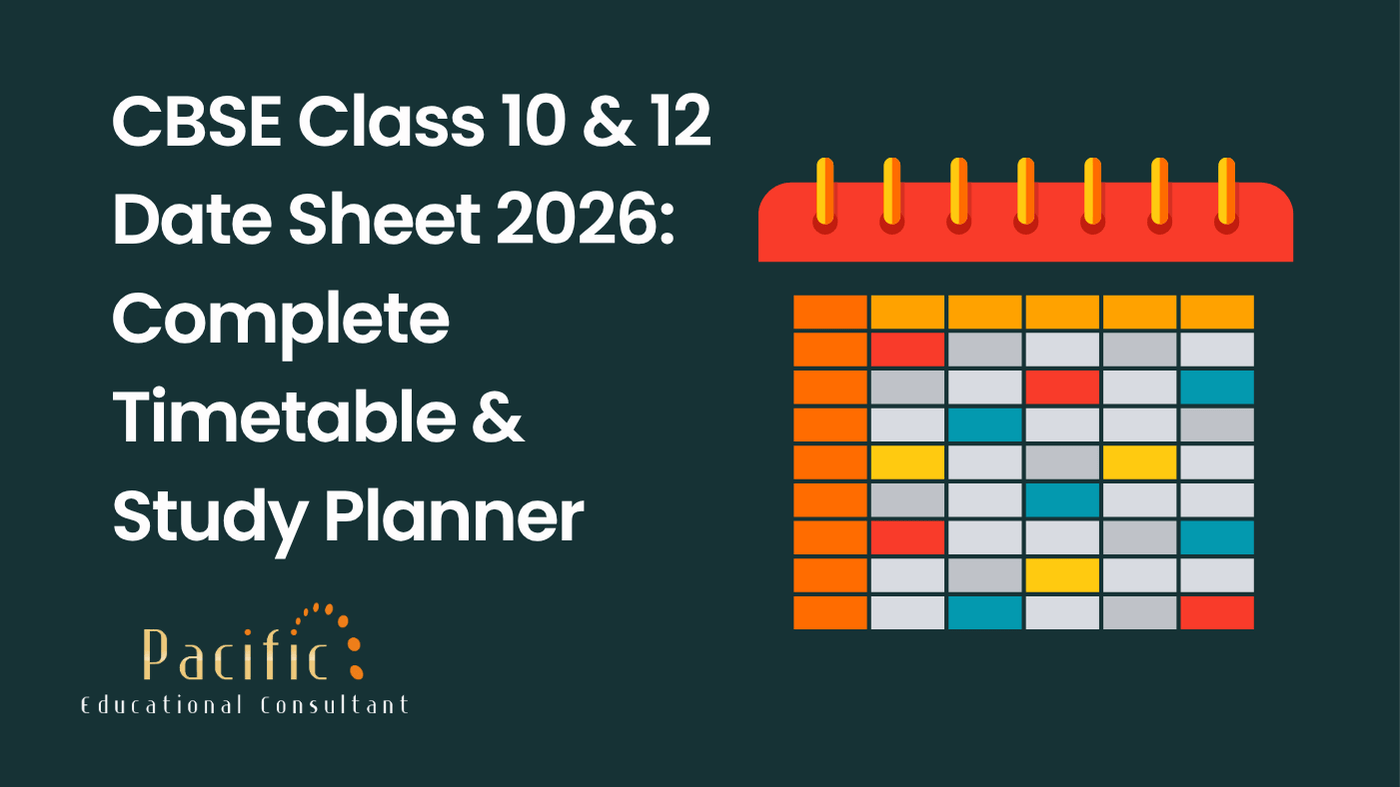


A Statement of Purpose (SOP) is your golden ticket to academic or professional aspirations. Whether you’re applying to a university, a visa, or a new job, this critical document communicates your intentions, qualifications, and aspirations. Crafting a compelling SOP requires deeply understanding its structure, purpose, and tone. This guide dives into the details of the SOP process, providing tips, a clear SOP format, and a sample to set you on the path to success.
The Statement of Purpose, often abbreviated as SOP, is a formal essay that introduces an applicant to the decision-making committee of an institution or organization. It outlines your academic or professional background, goals, and reasons for choosing a particular course, job, or program. Think of it as your personal pitch—an opportunity to shine amidst a sea of applicants.
A well-crafted SOP can make or break your application. It bridges your achievements and the evaluators, offering insights into your personality, aspirations, and suitability for the role or course. Institutions and employers rely heavily on the SOP to assess candidates beyond grades and resumes. It reflects your critical thinking, clarity of purpose, and ability to articulate your vision.
The full form of SOP is "Statement of Purpose." Its purpose extends beyond academic applications, finding relevance in job applications, visa procedures, and organizational settings. Regardless of the context, the SOP remains a tool to explain the "why" behind your choices.
To ensure your SOP document is impactful, it must include the following elements:
A clear SOP format (format for sop) ensures that your ideas flow logically. Follow this structure for maximum impact:
Below are three distinct Statement of Purpose (SOP) formats that cater to different applications, such as university admissions, job applications, and visa procedures. These formats are designed to provide clarity and flow to your writing, ensuring your SOP stands out.
This format is tailored for academic applications for undergraduate, graduate, or postgraduate programs.
Introduction
Academic Background
Professional Experience (if applicable)
Goals and Aspirations
Reasons for Choosing the Institution
Conclusion
This format is ideal for professional SOPs submitted as part of job or internship applications.
Introduction
Professional Background
Skills and Competencies
Goals and Vision
Reasons for Choosing the Organization
Conclusion
This format is customized for visa applicants, emphasizing the purpose of travel and intent.
Introduction
Personal and Financial Background
Purpose of Visit
Intent to Return
Conclusion
Avoid these pitfalls while creating your SOP document:
The SOP procedure for visa applications varies depending on the country. It typically involves explaining your reasons for traveling, financial stability, and intent to return to your home country after your visit. Focus on clarity and compliance with specific guidelines.
A good SOP format includes an introduction, background, goals, reasons for choosing, and a conclusion.
No, it’s best to customize each SOP for the specific institution or program.
Avoid being generic, using complex jargon, exceeding word limits, and neglecting proofreading.
Yes, many visa applications require an SOP to explain the purpose of your visit and other details.
Depending on the institution's guidelines, an SOP is typically 800-1,000 words.
Crafting a compelling Statement of Purpose is an art that combines self-reflection, research, and articulation. By following the right structure, avoiding common mistakes, and customizing your SOP, you can significantly enhance your chances of success. Use the tips and sample provided in this guide to create an SOP that stands out and opens doors to your aspirations.

New Zealand Student Visa Update: Work Limit Now 25 Hours/Week from 3 Nov 2025

Describe a family member who you want to work with in the future - IELTS Cue Card

Describe a noisy place you have been to - IELTS Cue Card

Describe a time you enjoyed a free day off work or school – IELTS Cue Card

Bachelor in Business Economics (BBE)

BE IT Full Form: Complete Guide to Eligibility, Syllabus, Fees, and Career Scope

Describe a water sport you would like to try in the future - IELTS Cue Card

Describe a plan that you had to change recently - IELTS Cue Card

CBSE Class 10 & 12 Date Sheet 2026: Complete Timetable & Study Planner

Describe a sport that you really like - IELTS Cue Card